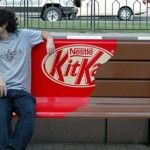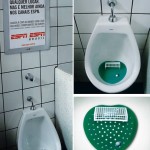The rivalry between Adidas and Nike is nothing new. Nike owns about 18% share of the UK sports apparel market while Adidas follows closely behind at 15%. Competition will likely intensify this coming London 2012 Olympics as both sides compete for “gold”. At the heart of the depute are athletes on Team Great Britain, where existing binding contracts put certain athletes at an uneasy position. Adidas’s contract with Team Great Britain states that everyone on the team must wear Adidas apparel while moving about the Olympic Village and during medal ceremonies. Athletes can wear whatever brand of footwear they want during competition but it’s the rest of the time that is getting complicated. What about those who already have contracts with Nike? Nike insists that those too are binding and cannot be negotiated. What should athletes do? One option is to go on the podium bare foot and choose not to offend either sponsors. Another option is to wear a Nike shoe on one foot and an Adidas on another – but that would just be ludicrous.
It’s fascinating how the fight for a logo receives more media attention than the athletes themselves. The sad reality is that the audience are more likely to recognize the brands on the athletes than the athletes themselves.
As for now, we’ll just have to hold our breaths and see what UK sports stars will wear on the day we all eagerly await. May the best brand win.





